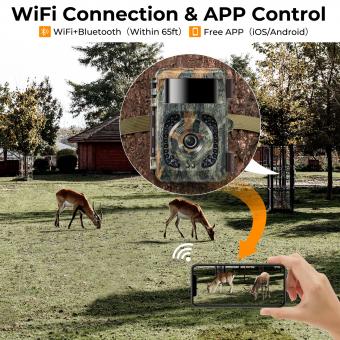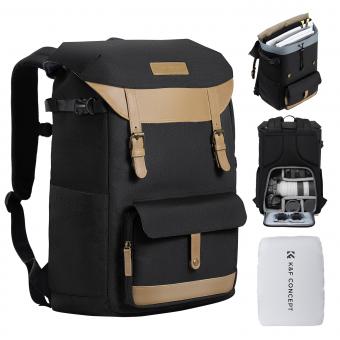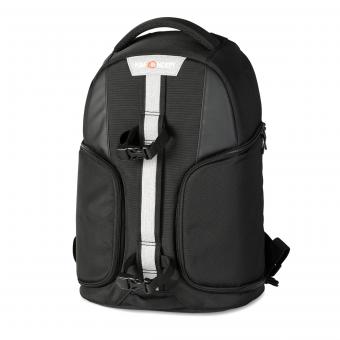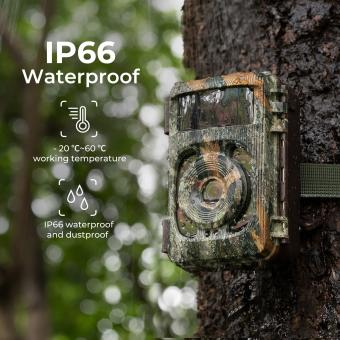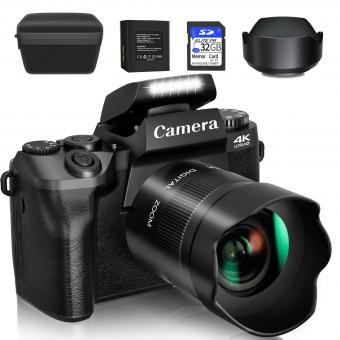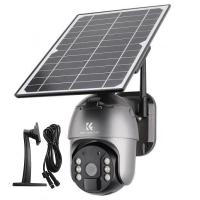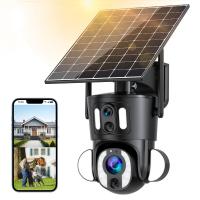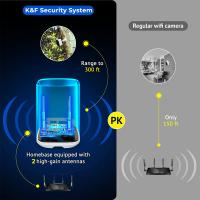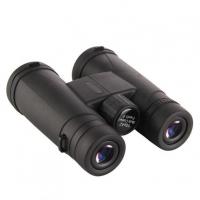Can You Access A Camera With Wifi Password?
With the proliferation of smart devices and home security systems, accessing a camera using a WiFi password has become a question of interest for many users. Whether it’s for enhancing home security, monitoring a baby’s room, or keeping an eye on pets, the ease of accessing cameras remotely has added considerably to their value. However, this also raises several practical and security concerns. This article aims to delve into the practical aspects, steps, and security measures associated with accessing a camera using a WiFi password.
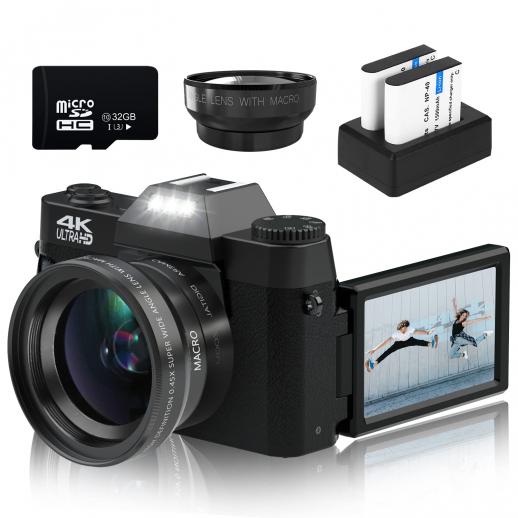
Understanding WiFi Cameras
WiFi cameras, also known as wireless cameras, are devices that connect to a network via WiFi, allowing users to view the camera feed remotely. These cameras can be part of a larger security system or standalone devices employed for various purposes ranging from home security to workplace monitoring. The main appeal of WiFi cameras lies in their flexibility and ease of installation. With a WiFi network and a compatible device, users can access the camera feed from anywhere in the world.
Steps to Access a WiFi Camera
1. Setting Up the Camera
Before accessing a WiFi camera, it needs to be correctly set up. This typically involves:
- Connecting the camera to power. Ensure that your camera is powered up and within the range of your WiFi network.
- Downloading the camera’s app. Most WiFi cameras come with a dedicated mobile app that facilitates the setup process. This app can be found on the app store corresponding to your operating system (iOS or Android).
- Following the app's instructions. The camera manufacturer usually provides detailed setup instructions. This usually involves scanning a QR code or entering the camera’s unique serial number into the app.
2. Connecting to the WiFi Network
Once the camera is set up, the next step is to connect it to your WiFi network:
- WiFi credentials. The camera app will prompt you to enter your WiFi SSID (network name) and password. Ensure you input these credentials correctly, as any error may prevent the camera from connecting to the network.
- Network compatibility. It's crucial to ensure that your WiFi network is compatible with the camera. Most modern WiFi cameras support 2.4 GHz networks, but some also support the 5 GHz band. Refer to your camera’s specification to confirm.
3. Accessing the Camera’s Feed
Once the camera is connected to the WiFi network, you can access its feed:
- Through the app. Open the camera’s app on your mobile device. The app should automatically detect the camera on the network and display its live feed.
- Remote access. For remote access, make sure the camera supports it and that necessary configurations, such as creating an account on the manufacturer’s server, are completed. This step is vital for accessing the feed when you are not on the same local network.
Security Concerns
1. WiFi Network Security
Ensuring the security of your WiFi network is paramount when using WiFi cameras. An unsecured network can be an easy target for intruders, potentially compromising not just your camera but all devices on your network. Here are key steps to bolster WiFi security:
- Strong password. Use a strong, unique password for your network to prevent unauthorized access.
- WPA3 encryption. Utilize WPA3 encryption for better security. If your router supports it, enabling WPA3 can significantly enhance your network’s security.
- SSID broadcasting. Consider hiding your SSID to make it less visible to potential intruders.
2. Camera’s Security Settings
Beyond securing the network, it is essential to secure the camera itself:
- Regular updates. Ensure the camera’s firmware is up-to-date. Manufacturers regularly release updates that patch security vulnerabilities.
- Strong access credentials. Avoid using default usernames and passwords for your camera. Set unique, strong credentials to prevent unauthorized access.
- Two-factor authentication (2FA). If available, enable 2FA for an added layer of security.
Practical Considerations
1. Bandwidth
WiFi cameras can consume significant bandwidth, particularly if they stream high-resolution video. Consider your internet plan’s bandwidth and data limits to ensure smooth operation without throttling.
2. Placement
Optimal placement of your WiFi camera ensures both good coverage and network connectivity:
- Signal strength. Place the camera within a strong WiFi signal range to maintain a stable connection.
- Coverage area. Ensure the camera’s field of view covers the desired area without obstructions.
3. Power Source
While some WiFi cameras are battery-powered, others require a constant power source. Plan the camera’s location accordingly, ensuring easy access to power outlets if necessary.
Troubleshooting Common Issues
1. Connectivity Problems
If your WiFi camera fails to connect to the network, consider:
- Re-entering WiFi credentials. Double-check the SSID and password for any typing errors.
- Resetting the camera. Sometimes performing a factory reset can resolve connectivity issues.
- Checking network compatibility. Ensure your camera supports the WiFi band (2.4 GHz vs. 5 GHz) being used.
2. Poor Video Quality
If you experience poor video quality, look into:
- Bandwidth. Ensure sufficient bandwidth is available. Close other bandwidth-heavy applications if needed.
- Camera resolution settings. Lower the camera’s resolution settings to match the available bandwidth.
3. App Issues
If the camera’s app malfunctions or crashes:
- Update the app. Check for updates in the app store.
- Reinstall the app. Uninstall and reinstall the app to resolve any software issues.
Accessing a camera with a WiFi password is a straightforward yet highly beneficial aspect of modern home and office security systems. While the setup process is usually user-friendly, ensuring robust security measures and practical considerations are in place is essential to maximize the benefits and minimize risks. Whether for monitoring your home, managing workplace security, or keeping an eye on loved ones, WiFi cameras offer a flexible and powerful solution when used responsibly with a keen focus on security.

